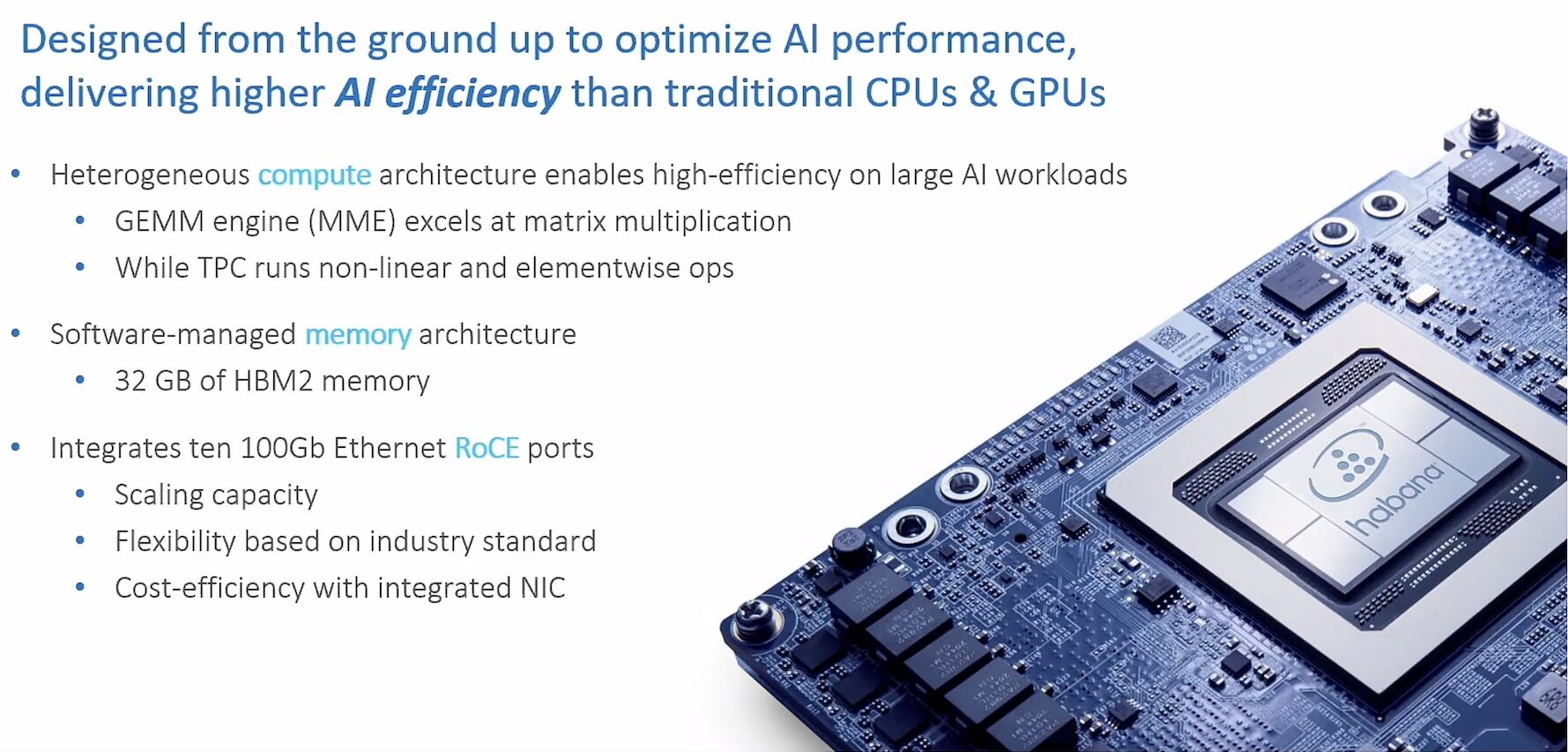I remember the first time I heard about blade servers. It was an old IBM ad from 2006-2007.
Obviously I was late to the game, and blade servers weren’t exactly new at that point either. The prevailing wisdom now is that blade servers have fallen out of vogue in the IT infrastructure game.
Kevin Houston at Blades Made Simple posted an interesting take. He argues that a blade architecture may be the future of the data center. He points to the work of the Gen-Z Consortium as the basis for bringing modular (aka blade) servers back to the data center. If you’re not familiar with Gen-Z, their stated mission is to create “[a]n open systems Interconnect designed to provide memory semantic access to data and devices via direct-attached, switched or fabric topologies.” They have appropriately impressive members to at least give this some industry backing if this ever takes off.
Looking at what they’re proposing as a high level architecture, it actually reminds me a lot of the composable infrastructure model by Liqid. Gen-Z’s initial architecture looks to engage both a bridge between servers sharing memory and storage, as well as a switch that makes connections to larger fabrics and other PCIe devices. Liqid looks to do all of this through a PCIe Switch and software.
Honestly I don’t know enough about Gen-Z’s specific implementation to be able to judge it as a better approach (to say nothing of other emerging composable infrastructure architectures). But if we want to call a modular server a blade, then any composable scheme would seem ideally suited to the approach.
Kevin Houston comments:
Read more at: Are Blade Servers Dead, or the Future of the DataCenter?




